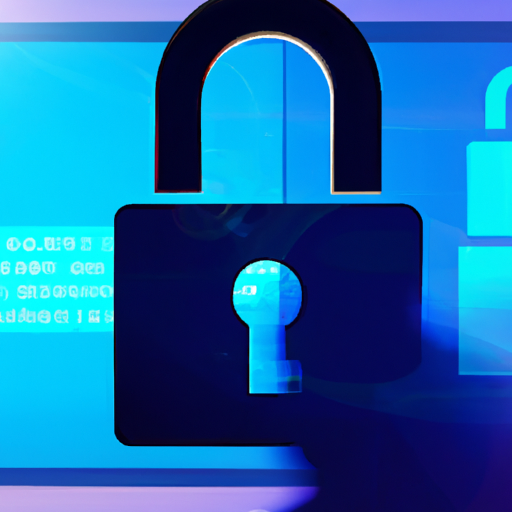Understanding Multi-Factor Authentication: The Key To Enhanced Security
Multi-factor authentication (MFA) has become a buzzword in the world of cybersecurity and for good reason.
It is a powerful tool that significantly enhances the security of online accounts by requiring multiple forms of verification.
But what exactly is multi-factor authentication, and how does it work?
Let’s dive into the fascinating world of MFA to understand its importance and application.
What Is Multi-Factor Authentication?
Multi-factor authentication, often abbreviated as MFA, is a security system that requires more than one method of authentication from independent categories of credentials to verify the user’s identity for a login or other transaction.
These methods can include something you know (like a password), something you have (like a smartphone), or something you are (like a fingerprint).
By combining these factors, MFA makes it much more difficult for unauthorized individuals to access sensitive information.
The Three Core Elements Of MFA
To fully grasp multi-factor authentication, it’s crucial to understand its three core elements:
1. Something You Know: This is typically your password or PIN. It’s an element that only you should be aware of.
2. Something You Have: This could be your smartphone, security token, or any hardware device that can generate or receive an authentication code.
3. Something You Are: This involves biometrics like fingerprints, facial recognition, or voice recognition.
When these three elements are used together, they form a robust defense against cyber threats.
Why Is Multi-Factor Authentication Important?
With cyber-attacks becoming increasingly sophisticated, relying solely on passwords isn’t enough anymore.
Passwords can be stolen through phishing attacks, hacked through brute force methods, or guessed with relative ease if they aren’t complex enough.
This is where multi-factor authentication steps in as a game-changer in cybersecurity.
Enhanced Security Through Multiple Layers
The primary advantage of MFA is the added layer of security it provides.
Even if one factor (such as your password) is compromised, the attacker would still need access to your second factor (like your phone) and potentially even the third factor (such as biometric data).
This makes unauthorized access exponentially harder and keeps your information safer.
Real-Life Example Of MFA In Action
Imagine logging into your bank account online.
After entering your username and password, you’re prompted to enter a code sent to your smartphone via SMS.
Once you input this code correctly, you’re then asked for fingerprint verification using your phone’s biometric scanner.
Only after completing all these steps are you granted access to your account.
This layered approach ensures that even if someone has stolen your password, they would still need both physical access to your phone and your fingerprint — an unlikely scenario for most cybercriminals.
Implementing Multi-Factor Authentication In Your Organization
For businesses looking to bolster their cybersecurity measures, implementing multi-factor authentication should be high on the priority list.
Here’s how organizations can effectively deploy MFA:
Selecting The Right Factors For Your Needs
Not all factors are created equal; some provide higher levels of security than others.
For instance:
– Passwords should always be complex and regularly updated.
– Physical tokens like smart cards offer robust security but may not be practical for every organization.
– Biometrics provide high-security levels but require compatible hardware and software systems.
Choose factors based on what provides strong protection while being feasible for users within the organization.
User Education And Training
Introducing new security measures always comes with an educational curve.
Ensure employees understand why MFA is essential and how it works. Regular training sessions help users become comfortable with new procedures swiftly without resistance or confusion — ultimately leading towards better overall compliance across teams globally!
By making training engaging through interactive workshops and real-life scenarios demonstrating potential breaches prevented by MFA usage will cement understanding further amongst team members alike!
MFA And Site Reliability Engineering: A Perfect Match
Incorporating multi-factor authentication isn’t just about securing logins; it plays an integral role in site reliability engineering (SRE) too! SRE focuses heavily on maintaining system uptime & performance — ensuring critical applications remain available round-the-clock without interruptions caused by breaches!

